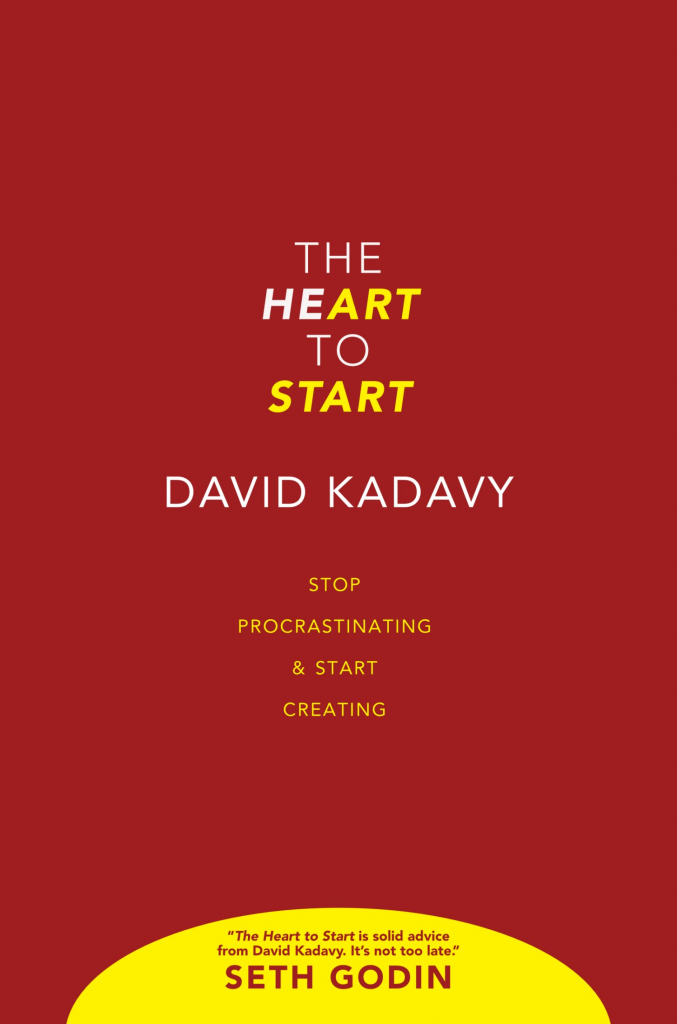
For a long time, now, I have spoken of “Just Starting” (here and here and a lot of other posts, too) as a way of overcoming your resistance to getting into a writing session.
The basic approach I have, whenever Resistance shows up, and if I don’t fall prey to it, is to tell myself: “Just start. Just read over the last stuff you wrote, then do a paragraph. Then you can go finish that novel you’re reading.”
Of course, I’m lying to myself. I even know I’m lying to my myself. As soon as I’ve read over yesterday’s work, and written a paragraph, the story-writing muscles will be primed and the next scene unfolding in my brain. I won’t stop writing after a paragraph. Inertia (the Newtonian kind) is real. (Actually, so is the psychological kind of inertia very real, but in this case, I mean a body in motion staying in motion until an external force acts upon it.)
But the lie works long enough to get me writing.
Another type of “Just Starting” I use is sprinting. In particular, the first sprint. Usually, I do 50 minute sprints, with 10 minute breaks in between. But often, I only do one or two of them, then get impatient with having to stop just because the alarm blared at me. By then, I’m in flow, the story is clear in my mind…there is no way I’m stopping.
That first initial spring gets me writing, too. Although the urge to stop and check email, or capture that extraneous and irrelevant idea in a note to myself are powerful, I white knuckle through the first sprint and usually, that does the trick.
I’ve learned over years of writing that if I hang in there for about twenty minutes, Flow gears up, and Resistance is kicked to the curb.
However, my “Just Start” idea isn’t unique, I’ve discovered.
Last week I mentioned Mind Management, Not Time Management by David Kadavy, in association with the idea of NOT writing to market.

While I was devouring that book, I discovered that Kadavy has an earlier book out, The Heart to Start: Stop Procrastinating & Start Creating.
I immediately abandoned the other book and sprinted through this one, instead, as it applied directly to my most troublesome issues.
And lo & behold, Kadavy talks about “Just Starting” too!
In his case, he disparages gurus who direct authors to just start without any sort of system to get around Resistance. Much like Nike’s “Just Do It” campaign from 1988 (which is now embedded into their brand), “Just Start” is often stated (and sometimes, shouted), as if that’s all we really need to sit our asses down and write like maniacs.
Because, d’uh, we’d never thought of that before. Why, silly me! If I just sit and put my fingers on the keyboard, the words will flow like the Rivers of Babylon!
Smiling, yet?
Fact is, it doesn’t matter how motivated you are to write, when you actually sit down to write, Resistance will bite at you. A little, usually silent, voice in the back of your head will talk about how you feel tired, or that you should do that thing over there instead, or how hard it is to do so much writing in one day, you deserve a break…
If you give into Resistance, the voice will be that much louder the next time around, and much easier to give in to. And if you’re an average human, you’ll beat yourself up for missing a day or two of writing, which has the effect of dialing up the volume on Resistance, making it even harder to write, the next time.
You just have to find a way to push through those first minutes. Kadavy, like me, suggests white knuckling your way into writing. Just for the first little while. Just until you’re writing easily, and the story is there in your mind, and Resistance has been banished for now.
In my case, that’s about twenty minutes in. You may only need ten minutes. Or thirty. Or forty. If you think about previous writing sessions, you’ll know what your personal threshold is.
Kadavy suggests using a 10 minute sprint. If Resistance is still whispering at you, do another sprint. But after that, you will probably resent having to stop because the alarm went off. So don’t stop. Write, instead.
And if you do this consistently (my greatest weakness, this year!), you’ll find it easier and easier to slide into writing each time.
Give it a try!
t.
